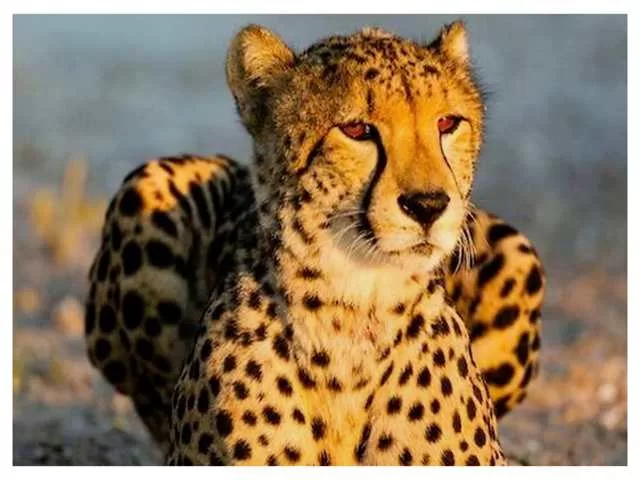Namibian cheetahs thrive in India’s Kuno National Park, with a recent birth of three cubs. Explore the success and challenges of ‘Project Cheetah’ as India reintroduces these majestic big cats.
Reviving: Namibian Cheetahs Flourish in Kuno National Park
In a heartening development for wildlife enthusiasts and conservationists, a Namibian cheetah named Jwala has given birth to three cubs in India’s Kuno National Park, situated in Madhya Pradesh. This joyous news was shared by Union Environment Minister Bhupender Yadav, who lauded the efforts of wildlife frontline warriors and expressed hopes for the thriving wildlife in Bharat.
The arrival of Jwala’s cubs comes on the heels of another Namibian cheetah, Aasha, recently giving birth to her own litter, showcasing a significant stride in the conservation efforts initiated under ‘Project Cheetah.’ However, amidst the celebration, the project faced a setback with the unfortunate demise of a cheetah named Shaurya on January 16.
Project Cheetah: A Vision for Reintroduction
‘Project Cheetah’ marks a pioneering initiative aimed at reintroducing Namibian cheetahs to India, where they had been extinct for several decades. Prime Minister Narendra Modi, on his birth anniversary in September 2022, released the first batch of eight cheetahs into Kuno National Park. The cheetahs were translocated from Namibia and South Africa, embodying an ambitious vision to restore these majestic big cats to their native habitat.
However, the journey of ‘Project Cheetah’ has not been without its challenges. Of the initial 20 cheetahs translocated in two batches, eight unfortunately perished, underscoring the complexities and risks associated with such ambitious conservation endeavors. Undeterred, the project continued with the introduction of a second batch consisting of 12 cheetahs from South Africa in February of the following year.
Challenges Faced and Setbacks Endured
The recent loss of Shaurya, one of the translocated cheetahs, highlights the fragility of the reintroduction process. Signs of incoordination and a staggering gait prompted immediate medical intervention. Despite the best efforts of a dedicated team of experts, post-revival complications proved insurmountable, leading to the unfortunate demise of Shaurya.
The challenges faced by ‘Project Cheetah’ extend beyond the physical well-being of the translocated cheetahs. The intricate process involves not only the physical relocation but also the adaptation to a new environment, potential conflicts with existing fauna, and the broader ecological impact on the Kuno National Park ecosystem.
Triumphs Amidst Trials: Births and Conservation Milestones
Amidst the setbacks, the births of cubs by Jwala and Aasha signify significant milestones in the conservation narrative. The successful reproduction of Namibian cheetahs in their new habitat is a testament to the gradual acclimatization and adaptation of these magnificent creatures.
The translocation process, overseen by an expert team comprising government officials, scientists, wildlife biologists, and veterinarians from Namibia, South Africa, and India, underscores the collaborative and international nature of ‘Project Cheetah.’ As the cubs explore their surroundings under the watchful eye of their mothers, it symbolizes a renewed hope for the revival of these endangered species in the Indian wilderness.
Looking Ahead: Nurturing a Future for Namibian Cheetahs in India
As ‘Project Cheetah’ navigates its complexities and learns from its challenges, the conservation community remains committed to nurturing a future where Namibian cheetahs can roam freely in the Indian landscape. The birth of cubs is not merely a joyous occasion but a promise for the continuity of these majestic beings in a land they once called home.
The conservation journey, marked by both triumphs and tribulations, continues as stakeholders collaborate to strike a delicate balance between human intervention and the natural dynamics of the ecosystem. The cubs, born in the heart of Kuno National Park, embody the resilience of nature and the collective efforts invested in securing a future where the roars of Namibian cheetahs resonate once again in the Indian wilderness.

